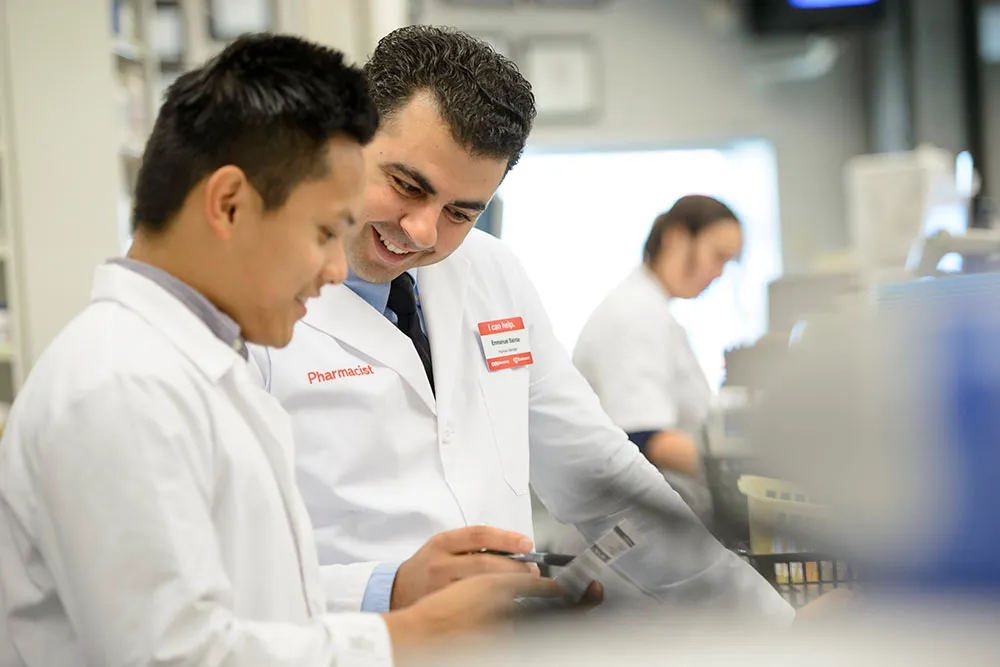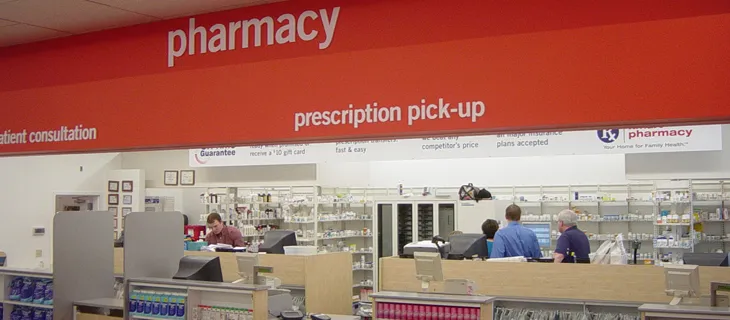
Dane Pearson

Brian Moy
Perhaps the best way to begin the complicated story of generic drugs, and how using a data-based approach could help pharmacists, is to tell a bit about the rise of generics. How did we reach a point where many branded drugs are actually cheaper than generics for holders of Medicare Part D?
First, it should be noted that legalized generics have been around in some form or other since 1888, when the American Pharmaceutical Association published the National Formulary to prevent counterfeiting of branded products. It wasn’t until 1984, however, with the passage of the Drug Price Competition and Patent Term Restoration Act, also known as the Hatch-Waxman Act, that the government took an active role in expediting the availability of generics, allowing generics manufacturers to bypass the efficacy and safety research originally undertaken by the branded drug’s manufacturer. This effectively saved generics companies an estimated $2.6 billion in development, marketing and approval costs for each drug.
As far back as 2014, the cost savings to the medical system of implementing widespread use of generic drugs were placed at over $1 trillion. The following year, the Food and Drug Administration stated that “nearly eight in 10 prescriptions filled in the United States are for generic drugs. The use of generic drugs is expected to grow over the next few years as a number of popular drugs come off patent.”
Clearly in financial terms, generics have been a big winner. There is abundant and increasingly transparent data about the time lines of branded drug patents, helping generics manufacturers to strategize their next developments for the market. However, in significant ways the success of generics is still in murky territory. Of course, the developers of the original branded drug feel cheated, but it’s the end user — the consumer, the patient — who is of most concern here. Because, facts are facts: Though generics may (by law) be “chemically identical” to the branded drug, this only extends as far as the active chemical ingredient(s) in the drug; dyes, fillers and coatings may be very different, not only from generic to branded drug, but also from one generic drug to another. Case in point: A teenager with severe acne gets prompt and near total relief from the branded clindamycin formulary Acanya; later, two different generics produce no results; and finally, after protracted hoop jumping with the insurer, the branded drug is again obtained and yields excellent results.
Indeed, while on the whole the agency takes the party line on generic drugs’ equivalency to branded drugs, the FDA has also stated: “FDA is aware that there are reports that some people may experience an undesired effect when switching from a brand name drug to a generic formulation or from one generic drug to another generic drug. FDA wants to understand what may cause problems with certain formulations if, in fact, they are linked to specific generic products.
“FDA is encouraging the generic industry to investigate whether, and under what circumstances, such problems occur. The agency does not have the resources to perform independent clinical studies and lacks the regulatory authority to require industry to conduct such studies. FDA will continue to investigate these reports to ensure that it has all the facts about these treatment failures and will make recommendations to health care professionals and the public if the need arises.”
Here is where taking a data-driven approach can help the pharmacist and, by extension, the patient. By comparing and analyzing whatever data is available on all the actual ingredients of a drug, whether branded or generic, pharmacies can help forestall bad outcomes from using drugs that contain potential allergens or pathogens.
In light of the fact that there have been four heads of the FDA since 2014, it doesn’t take a detective to realize that oversight of generic drug manufacturing has been shaky at best. However, an investigative journalist from The New York Times discovered that the 40% of the U.S. generic drug market that is manufactured in India is fraught with problems — including impure ingredients, bird and insect infestations, and faked sterility testing. Some generic statin drugs were found to contain glass fragments. A short-lived FDA crackdown in India produced better results until its director was abruptly removed in 2015.
Data can also help pharmacists by providing up-to-date information on drug provenance and origin points. Here, pharmacies can work together with insurers to manage care for patients who have to change to a generic drug for financial reasons, or even from one generic to another. While pharmacists see only limited information about a patient’s medications, it is incumbent upon them to protect the safety of the patient by exposing what data is known about the generics — in particular, any differences from the branded drug they are copying.
Pharmacists can use data from multiple data sets — including providers, insurers and manufacturers — to pinpoint negative drug ingredients and points of origin that may lead to negative health outcomes for the patient. This data, analyzed through the filter of the pharmacist’s clinical expertise, might deliver a unique and timely solution for the patient.
Government regulation of generics and intervention into branded drug companies’ lock on patents — and by the way, it was because of a government directive that branded drug manufacturers were forced to lower their prices for Medicare D by so much that they are often actually cheaper than generics — mightily complicates the situation. While the basic equation, “Sick patient goes to doctor, gets a prescription, takes medicine and gets well,” is sadly oversimplified now, there are ways that, by taking a data-based approach, the potential risks and costs of generics use can be looked at through the lens of data analytics for better overall outcomes.
Dane Pearson and Brian Moy are directors in the health care practice of AArete, a global consultancy specializing in data-informed performance improvement. They can be reached, respectively, at dpearson@aarete.com and bmoy@aarete.com.









